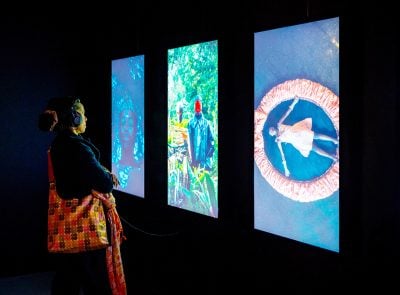There are pockets of successes in Africa. Mauritius has been quietly transforming itself as an emerging industrial country. Without cotton, Mauritius has created a clothing-manufacturing sector that exports garments to South Africa and other Southern African countries.
South Africa is the most industrialised country in Africa with a robust manufacturing and processing base. It makes textiles, vehicles, machinery, footwear and clothing, steel, oil from coal, building materials and thousands of packaged foods and other products. Its wine industry, although with origins in the apartheid era, remains a thriving agro-allied industrial sector. The industry contributes about 2.2% to the GDP and an annual $2bn to the South African economy.
Botswana is now beneficiating diamonds, Kenya is a powerful manufacturing centre, Nigeria is the largest producer of cement in Africa and has a dynamic formal and informal industrial sector.
But these successes are too small and too isolated to enable the massive transformation into the industrial age. Africa will have to frame a clear strategy on industrialisation for that to ever happen. The African Union’s Agenda 2063 Vision and Action Plan creates a vision for an industrial Africa, but it is a vision which has to be backed by regional, sub-regional and national strategies. The reintroduction of development planning in many African countries is a major step in the industrialisation journey.
The road to industrialisation in Africa will be tough, rough, fitful and challenging. It will require a strong capable state – which some refer to as a developmental state – that has the capacity for radical economic reforms; rapid expansion of infrastructure, huge investments in targeted science and technology projects, incentives for local industries including underwriting risks in high-stake national development projects, and forward-looking national industrial and development plans. For example of a successful application of the above, look at Singapore, or for that matter, China.
The process of industrialising may bring Africa at loggerheads with its principal Western or more advanced partners and multilateral institutions, strain relationships and may create tensions and contradictions.
Yet the architects and managers of the process will have to remain focused and committed to the objectives they design. There may be initial setbacks and failures, but it is a project that deserves all efforts. If Europe can be talking about re-industrialisation in the 21st century, then Africa must scale up the rhyme; it must talk, sing, dance, and walk industrialisation.
Want to continue reading? Subscribe today.
You've read all your free articles for this month! Subscribe now to enjoy full access to our content.
Digital Monthly
£8.00 / month
Receive full unlimited access to our articles, opinions, podcasts and more.
Digital Yearly
£70.00 / year
Our best value offer - save £26 and gain access to all of our digital content for an entire year!
 Sign in with Google
Sign in with Google 


